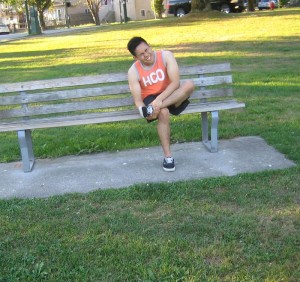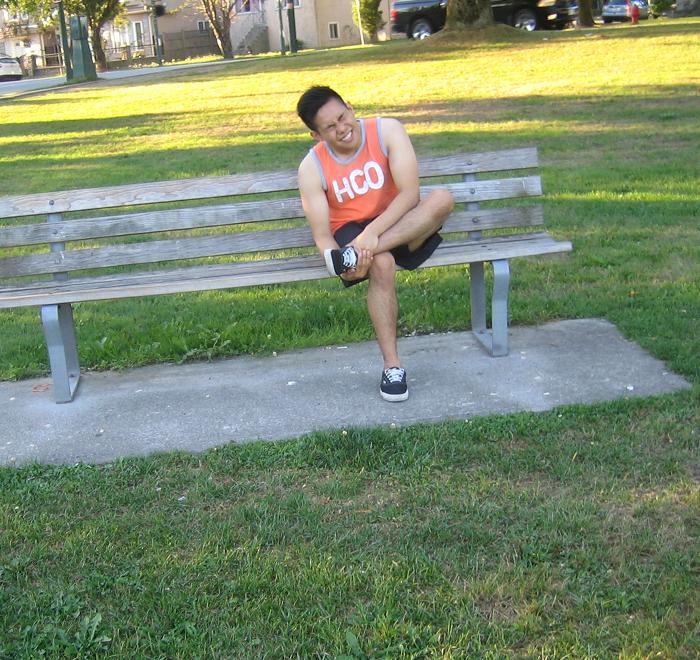Calluses on feet are toughened areas of skin that becomes thick and hard due to repeated pressure, friction and irritation. It usually develops on the bottom of the feet and the underside of the big toe, but can also develop on the hands, fingers and on other parts of the body where there is repeated friction or pressure.
Causes of calluses on feet
- Calluses on feet can be caused by dry skin
- Too much friction such as repeated rubbing from ill-fitting shoes and high-heeled shoes
- Deformities of the foot
- Wearing shoes or sandals without socks
- Conditions that increases the risk for developing calluses such as diabetes and poor blood circulation.
Symptoms
- At first, flaky and dry yellow patches of skin
- Pain or discomfort while walking

Pain or discomfort while walking - Throbbing or burning pain
Treatment
- In a tub filled with hot water, mix a handful of Epsom salt until totally dissolved and soak the affected feet in the solution for at least 10 minutes. Rub the area using a pumice stone in a circular movement for a few minutes. Rinse the feet using clean water to eliminate the dead skin cells. Pat dry the area and apply a thick lotion. Repeat this process until the calluses are completely gone. Epsom salt softens the affected area so that it is easier to scrub the hardened skin and reduces the risk for infection.
- Sea salt functions as a natural scrub that eliminates dead and dry skin and repair calluses on feet. Mix equal amounts of sea salt and olive oil. Soften the affected area by soaking in warm water for at least 10 minutes. Scrub the mixture of sea salt and olive oil on the area in circular movement for a few minutes. Rinse the feet using warm water and pat dry the area. Apply a moisturizing cream, oil or lotion on the feet. Repeat this process at least once every day until the calluses on feet are fully healed.
Tips
- Avoid removing calluses on foot by cutting or slicing them to prevent the risk for infections.
- Wear shoes that are made out of leather
- Sprinkle cornstarch inside the soles of the shoes to keep the feet dry and free from infection.
- Wear comfortable foot wear and avoid using tight or ill-fitting shoes
- Avoid shoes that have heels. It is recommended to place pads such as shoe liners to reduce the risk for developing calluses.
- Wear socks that fits properly every time shoes are worn.
FACT CHECK
https://en.wikipedia.org/wiki/Callus
https://www.medicalnewstoday.com/articles/172459.php
https://www.mayoclinic.org/diseases-conditions/corns-and-calluses/symptoms-causes/syc-20355946
